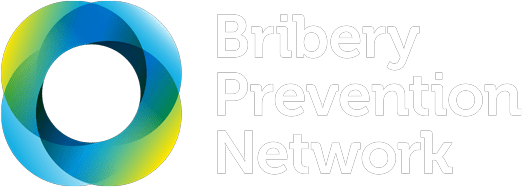Remediation is a key part of how companies rehabilitate themselves following a bribery or corruption incident. Learn about the role of reparations to those affected by bribery. Learn how to identify root causes of issues and how to fix systems and processes to minimise the risk of similar issues happening again.
Category: Remediation
Companies that have paid bribes can try to undo some of the harm through reparations. Enforcement agencies might also compel reparations to be made. This article outlines some of the forms that reparations can take and provides case studies from past enforcement actions.
There are many layers to remediating bribery and corruption issues, including: identifying root causes, addressing weaknesses in systems and processes, imposing consequences on the people who have done the wrong thing, putting commercial relationships onto the right footing and paying reparations where appropriate. This incident response map works through some of the key issues related to a remediation response.
Complaint mechanism for the OECD Guidelines for Multinational Enterprises
by Australian National Contact Point OECD Guidelines for Multinational Enterprises
The Australian National Contact Point (AusNCP) is responsible for promoting the OECD Guidelines for Multinational Enterprises and to contribute to the resolution of issues relating to their implementation when cases against a company are raised. The complaint mechanism helps parties resolve conflicts. The website provides useful information on how to submit a complaint, track a case and view a closed complaint.
Part of a comprehensive toolbox on human rights duties developed for the Federal Institute of Sustainable Development (Belgium), this resource offers an accessible introduction to operational-level grievance mechanisms. Learn how such mechanisms can support your business to identify potential human rights risks and impacts stemming from your business operations. This resource includes extensive links to useful grievance frameworks and mechanisms. Published in English, French and Dutch.
Handling and resolving local level concerns and grievances
by International Council on Mining and Metals
This easy to read resource explains the importance of operational-level grievance mechanisms for businesses and offers good practice guidance on effective grievance management. While specific to the mining and metals sector, this guidance is applicable to other sectors. The use of case studies, a glossary and infographics makes this resource an excellent entry point to learning about effective operational-level grievance mechanisms.
This practical guide offers support to businesses in the resource development industry to design and implement site-level grievance mechanisms. It includes solutions to common challenges, including, building community awareness of and trust in site-level grievance mechanisms, creating organisational buy-in to make these mechanisms effective, and growing an internal culture to support the resolution of grievances.
